Implementing the Government's direction, on November 9, the Ministry of Education and Training (MOET) chaired and coordinated with Vietnam Television (VTV), VNPT, Viettel and People's Committees of 14 provinces to organize the groundbreaking ceremony for inter-level boarding schools in land border communes.

This is an event of profound political , social and humanitarian significance, demonstrating the special attention of the Party and State to compatriots, soldiers, especially students in border areas - considered the "fence" of the Fatherland. This is also an activity aimed at ensuring fairness in access to education, narrowing regional disparities, improving social security and strengthening national defense and security in border areas.
Improve the quality of education , narrow the regional gap
According to statistics from the Ministry of Education and Training, the country has 956 general schools in 248 land border communes. Of these, there are only about 22 ethnic boarding general schools (PTDTNT) with a scale of 7,644 students (accounting for only 2.3% of the total number of schools and 1.2% of the number of general students in the area enjoying the State's boarding policy); there are about 160 ethnic boarding general schools (PTDTBT), with a scale of 51,131 students (accounting for about 16.7% of the total number of schools and 8.18% of the total number of general students in the land border communes enjoying the State's boarding policy).
Of the total 625,255 students in the border communes, the number of students who are not eligible to study at boarding schools for ethnic minorities or boarding schools for ethnic minorities but need to be boarders or semi-boarders is about 273,244 students (accounting for 43.7% of the total current high school students).
Thus, the number of students in need of boarding and semi-boarding in the mainland border communes accounts for a very high proportion.
In addition, the Ministry of Education and Training said that the physical facilities of schools in border communes are still very difficult and inadequate, not meeting the minimum requirements, not ensuring the needs of boarding and semi-boarding students; the teaching staff is still lacking and has not been properly arranged, greatly affecting the quality of education, leading to inequity in education.
To improve the quality of education, narrow the regional gap, and create a source of quality cadres in border areas to meet the requirements of national development in the new period, the Ministry of Education and Training has reported and proposed to the Party and State leaders, headed by General Secretary To Lam, the policy of building boarding schools for students in remote, border, and island areas, especially in mainland border communes.
Scale, scope and investment capital
According to the Conclusion Notice No. 81-TB/TW dated July 18, 2025 of the Politburo on the policy of investing in building schools for border communes and Resolution No. 298/NQ-CP dated September 26, 2025 of the Government promulgating the Government's Action Plan to implement Conclusion Notice 81-TB/TW, the whole country has 248 land border communes planned to invest in 248 primary and secondary schools.
Of these, 100 schools were selected for phase 1 construction investment, with a total investment capital requirement of nearly 20,000 billion VND.
The schools that started construction simultaneously on November 9 are all on the list of 100 schools approved by the Government for investment in 2025, expected to be completed and put into use before the start of the 2026-2027 school year.
The Ministry of Education and Training has identified this as a new school model, not a "compressed school" or a "dispersed school", but a modern, synchronous model, combining flexible boarding and semi-boarding policies, suitable for the terrain conditions and circumstances of students in border areas.
This is the first step towards completing 248 schools in the 2025-2028 period, contributing to gradually eliminating regional gaps and creating a sustainable knowledge belt in the border areas.
Along with the construction of inter-level boarding schools in the land border communes, the Ministry of Education and Training is coordinating with ministries, branches and localities to research and develop specific policies to arrange, train, attract and retain a team of competent and dedicated teachers to meet the educational requirements of the border areas. The policies are expected to be issued before the 2026-2027 school year, in sync with the progress of completing the projects.
For students in border areas, they will study and live in a modern, safe, fully-equipped environment, with the State ensuring accommodation, training and capacity development. The goal is to ensure fairness in access to education, improve people's knowledge, train local human resources, and contribute to sustainable development in border areas.
Source: https://daidoanket.vn/100-truong-noi-tru-bien-gioi-se-di-vao-hoat-dong-nam-hoc-2026-2027.html















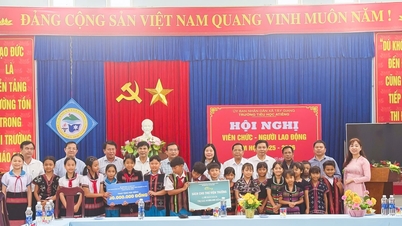











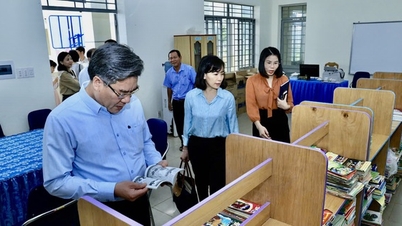







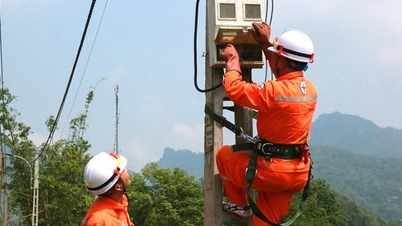














![[Video] Hue Monuments reopen to welcome visitors](https://vphoto.vietnam.vn/thumb/402x226/vietnam/resource/IMAGE/2025/11/05/1762301089171_dung01-05-43-09still013-jpg.webp)





































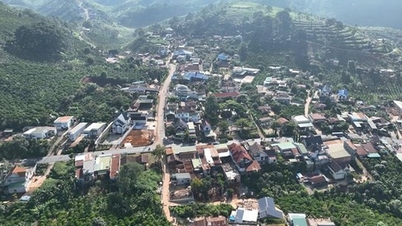



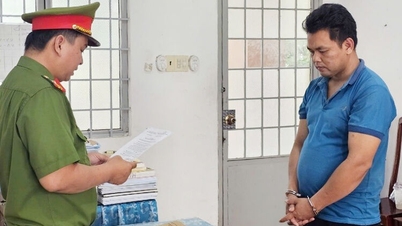






![Dong Nai OCOP transition: [Part 2] Opening new distribution channel](https://vphoto.vietnam.vn/thumb/402x226/vietnam/resource/IMAGE/2025/11/09/1762655780766_4613-anh-1_20240803100041-nongnghiep-154608.jpeg)











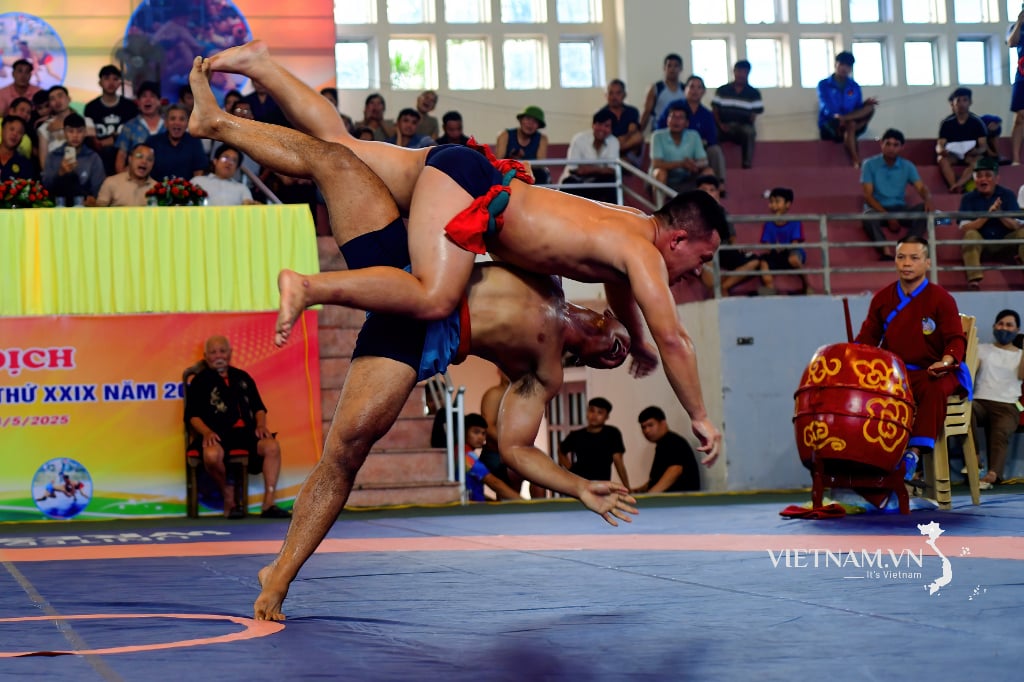

Comment (0)